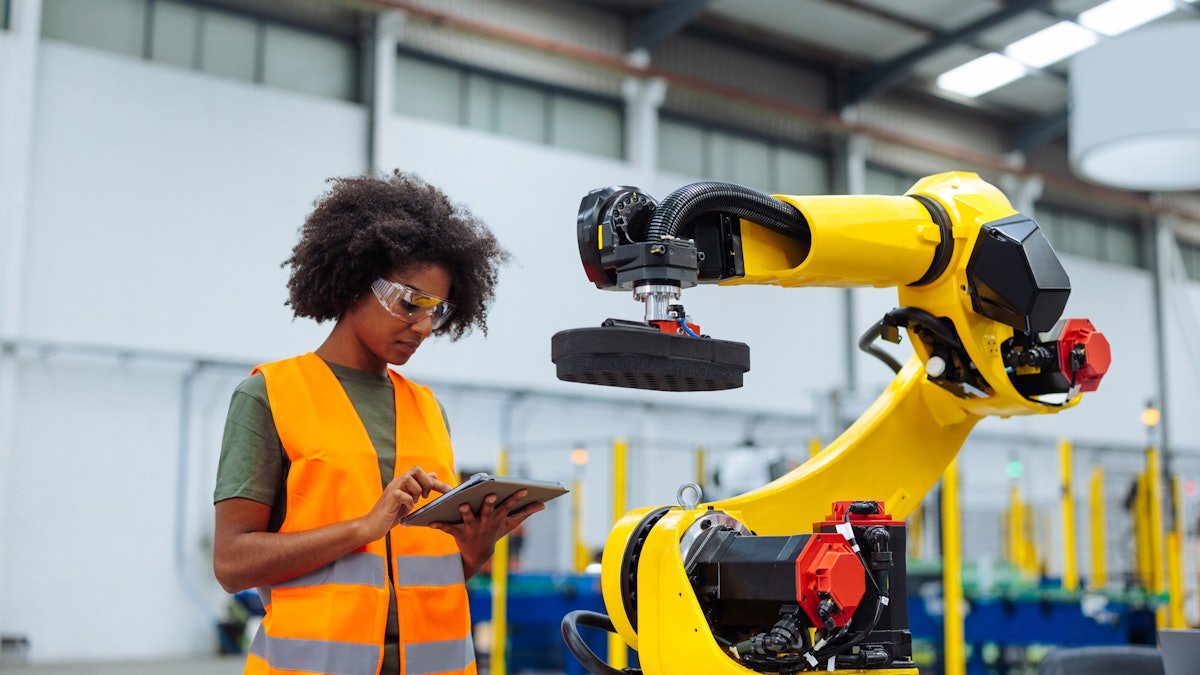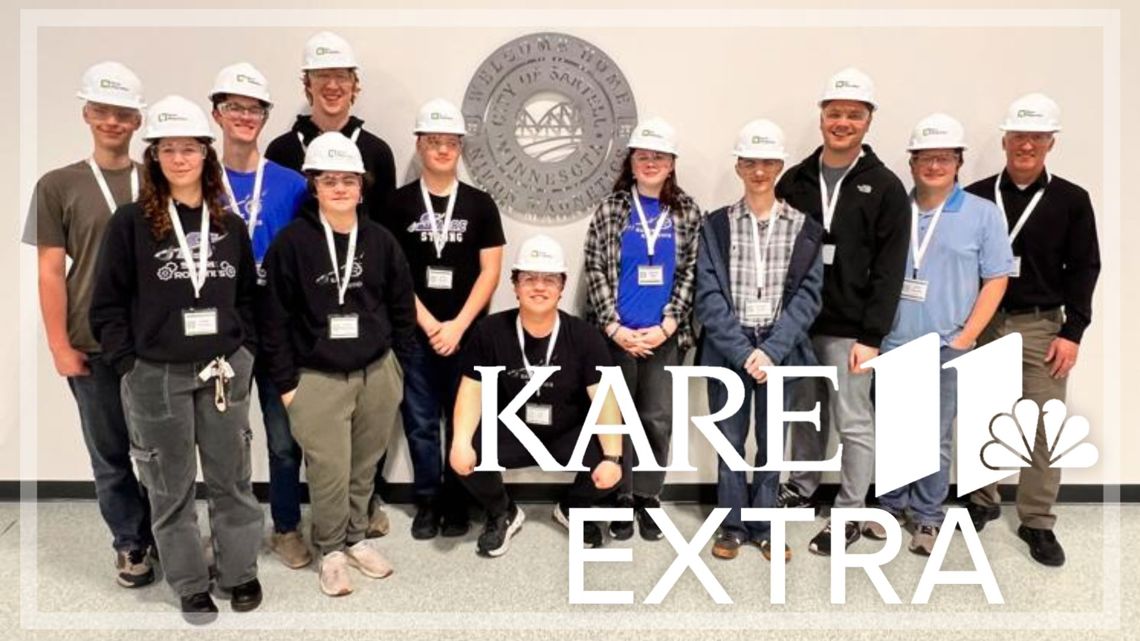Solar Renaissance: How American Manufacturing is Reclaiming Its Green Energy Future
Manufacturing
2025-03-28 17:04:00Content
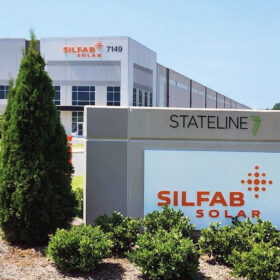
The United States' ambitious solar manufacturing renaissance, fueled by the Inflation Reduction Act's generous subsidies, is experiencing a complex and uneven trajectory. While solar module assembly facilities have rapidly emerged across the country, the critical upstream cell production landscape remains significantly underdeveloped. Current policy uncertainties are casting long shadows of doubt, leaving solar manufacturers—from nimble startups to established industry players—grappling with more questions than concrete answers about the future of domestic solar manufacturing.
The initial surge of optimism sparked by substantial government incentives has been tempered by the intricate challenges of rebuilding a comprehensive solar supply chain. Module assembly lines have sprung up relatively quickly, offering a glimpse of potential transformation, but the deeper technological and manufacturing capabilities required for cell production continue to lag behind expectations. This disconnect highlights the nuanced complexities of reinvigorating an entire industrial ecosystem that has long been dominated by international competitors.
Solar Manufacturing Revolution: The Unfolding Saga of U.S. Green Energy Ambitions
In the rapidly evolving landscape of renewable energy, the United States finds itself at a critical crossroads, where ambitious policy initiatives clash with complex manufacturing realities. The Inflation Reduction Act promised a transformative approach to solar manufacturing, yet the journey from legislative intent to industrial implementation remains fraught with challenges and unexpected twists.Powering America's Green Future: A High-Stakes Industrial Transformation
The Policy Landscape: Navigating Subsidies and Uncertainty
The Inflation Reduction Act emerged as a beacon of hope for domestic solar manufacturing, offering unprecedented financial incentives designed to revitalize American industrial capabilities. However, the implementation has revealed a nuanced and complex narrative that extends far beyond simple legislative mandates. Manufacturers have encountered a labyrinth of regulatory challenges, technological constraints, and market dynamics that test the resilience of the nation's green energy aspirations. Preliminary assessments indicate that while module assembly facilities have proliferated with remarkable speed, the fundamental infrastructure for comprehensive cell production remains significantly underdeveloped. This disconnect highlights the intricate challenges of rebuilding an entire manufacturing ecosystem that has been systematically dismantled over decades of global economic restructuring.Technological Challenges in Solar Cell Production
The current solar manufacturing landscape in the United States represents a delicate balance between ambitious policy goals and technological capabilities. Domestic manufacturers are confronting substantial barriers in scaling up production, including limited access to advanced manufacturing technologies, complex supply chain dependencies, and the need for significant capital investments. Research suggests that the most successful strategies will require a holistic approach, integrating advanced research and development, strategic public-private partnerships, and long-term commitment to technological innovation. The semiconductor and photovoltaic industries offer critical lessons in navigating these complex technological transitions.Economic and Strategic Implications
Beyond the immediate manufacturing challenges, the solar industry's transformation carries profound economic and geopolitical implications. The United States stands at a critical juncture, seeking to reduce dependence on international solar supply chains while simultaneously positioning itself as a global leader in renewable energy technologies. Experts argue that success will demand more than financial subsidies—it will require a comprehensive strategy that addresses workforce development, technological research, and sustainable industrial policy. The current moment represents both a significant challenge and an unprecedented opportunity for American innovation and industrial regeneration.Global Competition and Market Dynamics
The international solar manufacturing landscape remains intensely competitive, with countries like China maintaining significant technological and production advantages. U.S. manufacturers must not only match existing capabilities but develop innovative approaches that create distinctive competitive advantages. This requires a multifaceted strategy involving advanced materials research, process innovation, and strategic investments in human capital. The most successful companies will likely be those that can combine technological sophistication with agile manufacturing approaches and deep understanding of emerging market demands.Future Outlook: Resilience and Adaptation
Despite current challenges, the solar manufacturing sector in the United States demonstrates remarkable potential for transformation. Emerging technologies, supportive policy frameworks, and increasing private sector engagement suggest a promising trajectory for domestic solar production. The next decade will be critical in determining whether the ambitious goals of the Inflation Reduction Act can be fully realized, transforming the United States from a solar technology consumer to a global manufacturing leader in renewable energy infrastructure.RELATED NEWS
Manufacturing
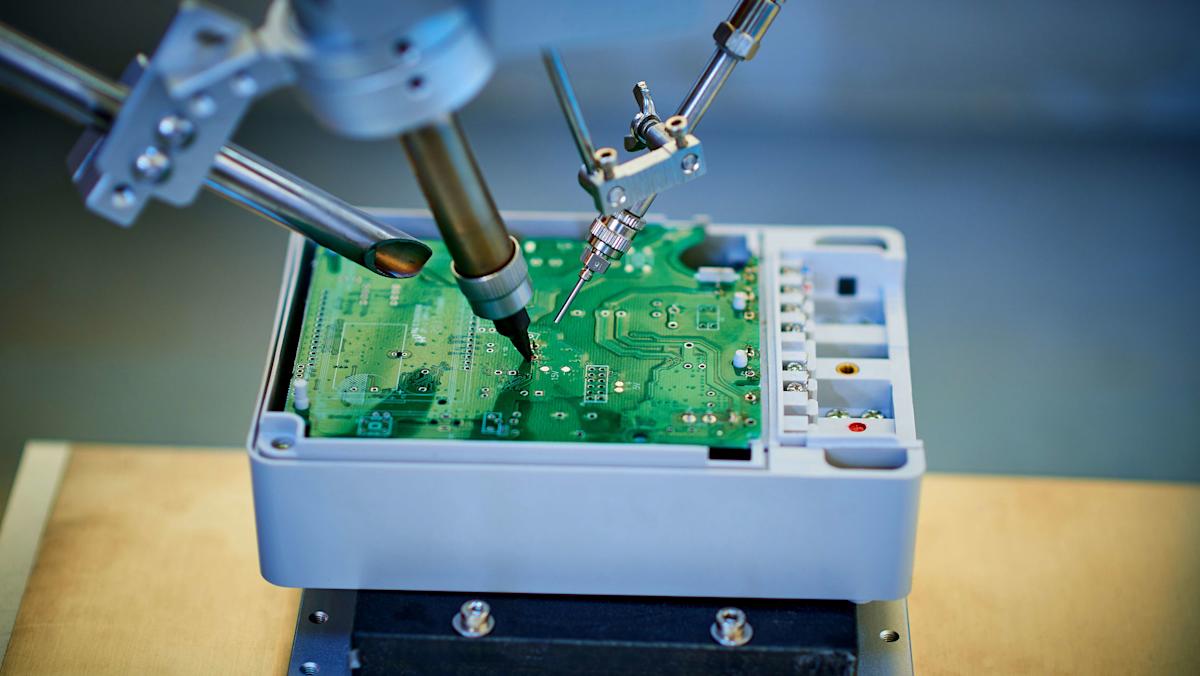
Silicon Valley's Quiet Reality: Why US Tech Manufacturing Isn't Surging
2025-04-16 16:54:54
Manufacturing

Tariff Tensions: Pfizer Ready to Bring Drug Production Back to American Soil
2025-03-03 19:55:00
Manufacturing
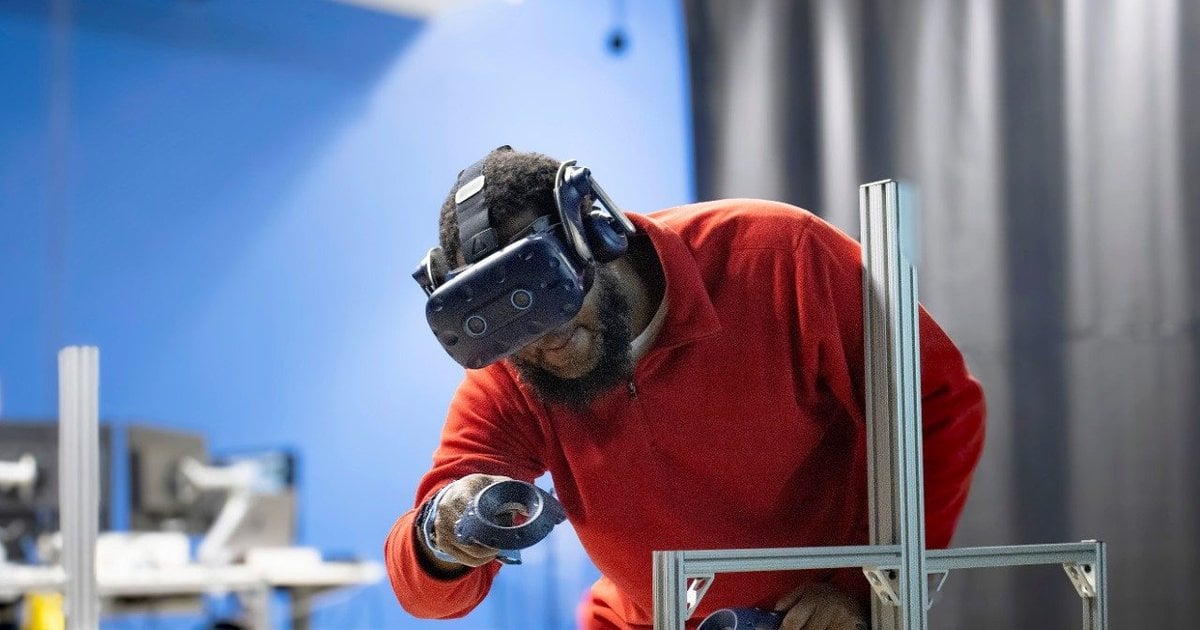
Beyond Pixels: How GM is Revolutionizing Pre-Production with Virtual Reality
2025-03-11 10:30:00
